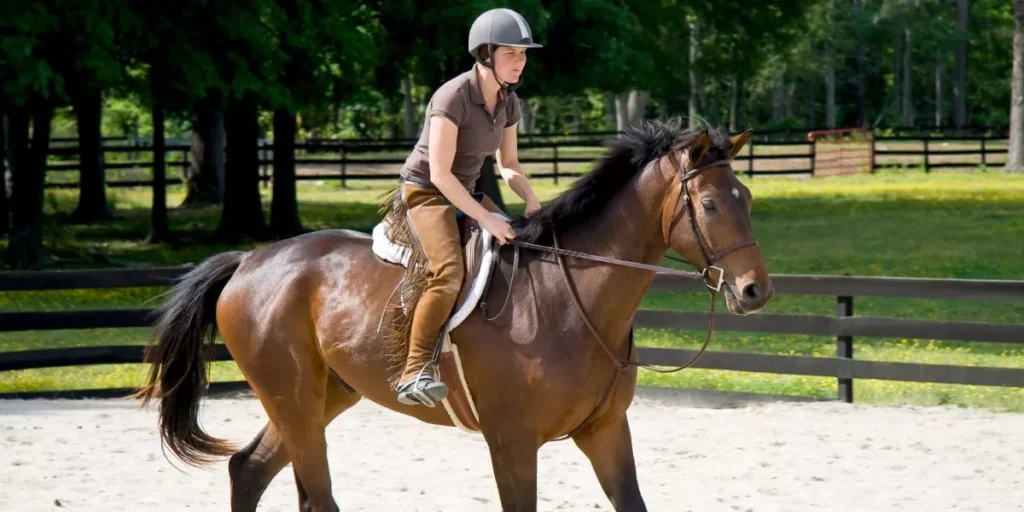
Wearing a safety helmet while horseback riding is not just a precaution; it’s a necessity. Your head is a vital part of your body, and protecting it should be a top priority. Imagine the potential risks involved in riding without proper headgear. Stay tuned to discover more about why safety helmets are considered indispensable in the world of horseback riding.
Importance of Safety Helmets
Wearing safety helmets is crucial when horseback riding to protect your head from potential injuries. Accidents can happen unexpectedly, and having a helmet on significantly reduces the risk of head trauma. Even the most experienced riders can fall off a horse due to various factors like spooking or stumbling. In such situations, a helmet acts as a shield, absorbing the impact and minimizing the chances of a serious head injury. It’s essential to prioritize your safety whenever you mount a horse, as head injuries can have long-lasting consequences.
Not only does wearing a helmet protect you physically, but it also sets a good example for others, especially novice riders. By demonstrating the importance of wearing a helmet, you promote a culture of safety within the equestrian community. Remember, accidents can happen in an instant, but taking precautions like wearing a helmet can make a significant difference in protecting yourself while enjoying your ride.
Head Injury Risks
To fully understand the risks associated with head injuries during horseback riding, it’s crucial to recognize the potential impact of not wearing a safety helmet. Horseback riding can be thrilling, but it also comes with inherent risks, especially when it comes to head injuries. Without a safety helmet, you’re leaving yourself vulnerable to serious harm in the event of a fall or a kick from the horse.
Head injuries from horseback riding accidents can range from minor concussions to severe traumatic brain injuries. Even a seemingly low-impact fall can result in a head injury if your head makes contact with the ground or any hard surface. The force of a horse’s kick can also cause significant head trauma if not protected by a helmet.
Legal Regulations and Standards
Understanding the legal regulations and standards surrounding safety helmets for horseback riding is key to ensuring your protection while engaging in this activity. In many regions, wearing a safety helmet when horseback riding isn’t just a suggestion but a legal requirement. These regulations are in place to safeguard riders from head injuries in case of falls or accidents. It’s essential to comply with these laws to avoid fines or penalties and, more importantly, to protect yourself from serious harm.
Additionally, when it comes to safety standards, not all helmets are created equal. Make sure the helmet you choose meets the safety requirements set forth by recognized equestrian safety organizations or governmental bodies. Look for certifications such as ASTM (American Society for Testing and Materials) or SEI (Safety Equipment Institute) labels to ensure that the helmet has undergone rigorous testing to provide adequate protection.
Choosing the Right Helmet
Selecting the right helmet is crucial for ensuring your safety while horseback riding. When choosing a helmet, make sure it’s certified by safety standards such as ASTM (American Society for Testing and Materials) or SEI (Safety Equipment Institute).
Look for a helmet that fits snugly but comfortably on your head. It should sit level on your head, covering the top of your forehead without obstructing your vision. Check for adjustable features like straps and padding to customize the fit for maximum protection.
Opt for helmets with ventilation to keep you cool during rides. Consider the helmet’s weight – lighter helmets are often more comfortable for long periods.
Remember to replace your helmet if you’ve had a fall or after a few years, as they can lose effectiveness over time. Prioritize safety over style when selecting your helmet and ensure it meets all necessary requirements to safeguard you while enjoying horseback riding.
Pet supplies














